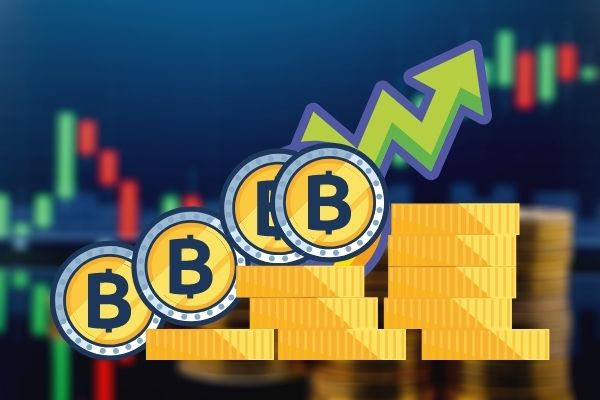
-
Oil recovers all of pandemic-induced losses
-
Price of oil may have little to do with underlying demand and that may have implications on whether inflation may be back, potentially stymying the ability of central banks to continue to maintain their low-rate regime, especially if inflation blasts past targets
While the past week was a big one for stocks, in another corner of the asset universe, oil was making a comeback, with the price of the benchmark West Texas Intermediate crude soaring to its highest level in over a year and recovering all pandemic-induced losses.
And no, it wasn’t a legion of Redditors that led the recovery in oil’s price, and that’s why investors should be concerned.
The rally in oil comes on the back of a broader recovery in raw materials, with some commodity indices reaching their highest levels since 2019, before the coronavirus pandemic started.
While a recovery in raw material prices seems to suggest that the global economy is on the mend, the reality is that rising oil prices have less to do with demand than shrinking supplies.
U.S. crude stockpiles fell by over 4 million barrels last week, to its lowest level since March last year, at the height of pandemic concerns, according to the American Petroleum Institute.
Against this backdrop, OPEC+ has been able to stay true to their supply-cut agreement, exacerbating supply side issues for oil.
Yet there still isn’t a lot of demand for oil.
And data from Kastle Systems suggests that less than a quarter of workers in America’s ten largest business districts are back in the office.
While a determined few are keen to travel, most Americans are still wary, and despite the start of vaccinations, the anticipated summer travel rebound has failed to materialize.
Which means that those who are willing to get out of the house are having to pay more for gasoline for their cars.
And higher prices for fuel should worry investors because they can give the impression that faster inflation is coming.
By one measure, investors have already priced in higher inflation, with the breakeven rate on a 5-year U.S. Treasury Bill surging to 2.29%, well above the U.S. Federal Reserve target inflation rate of 2%.
If inflation expectations translate into real inflation, that could become a serious problem for the bull market in stocks as well as other more speculative assets.
Much of the recent rally in equities has been reliant on the Fed’s promise to keep interest rates low until 2023.
But if the Fed gets a sense that inflation may start to be getting ahead of the economy, it may prompt it to pull back on its easy money policies, choking markets of the liquidity which have helped to prop up the lofty valuations in stocks.



